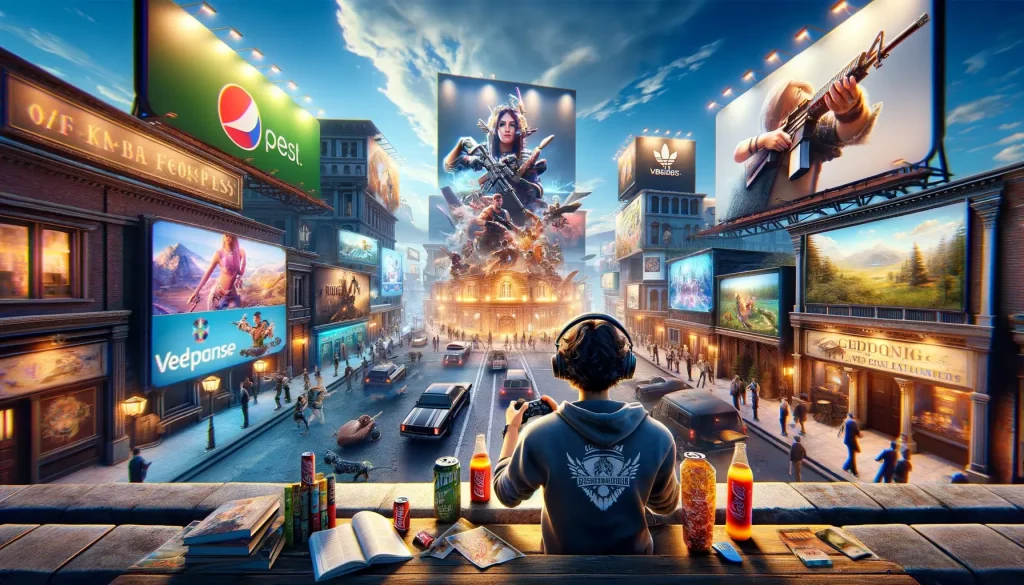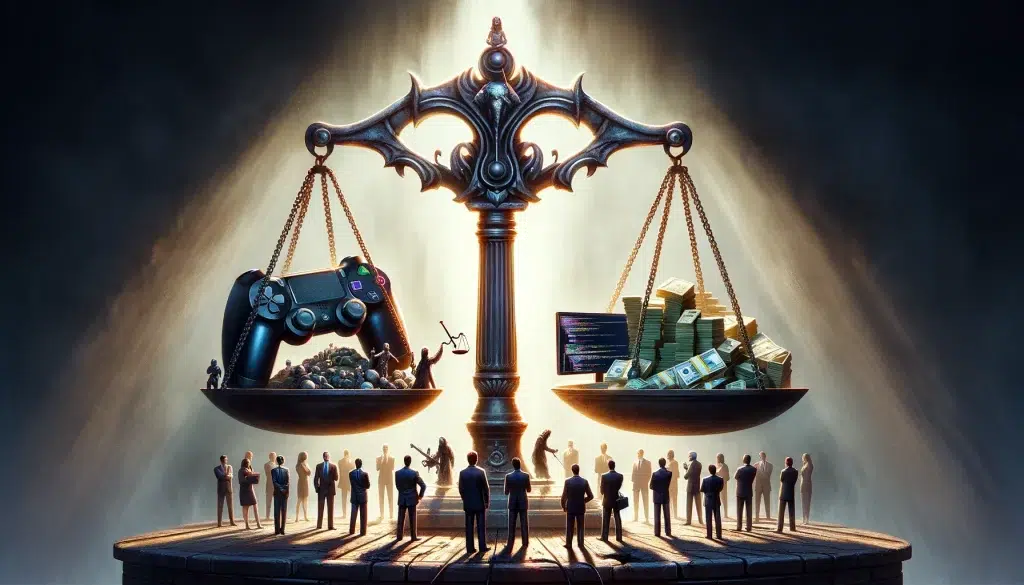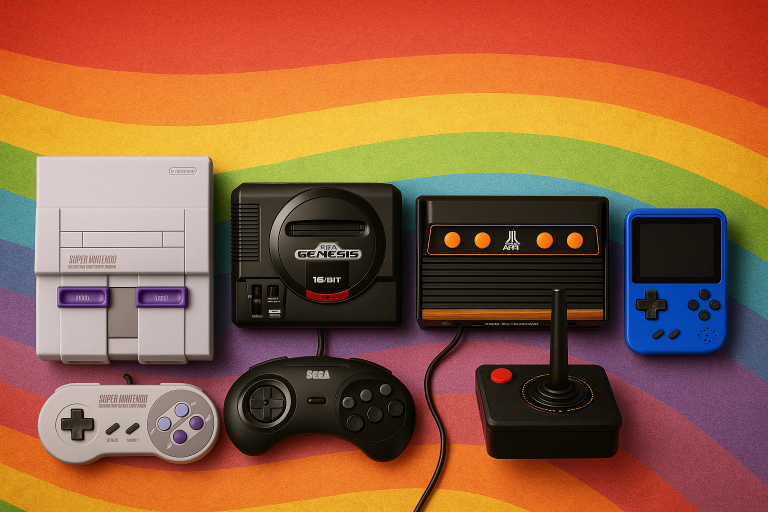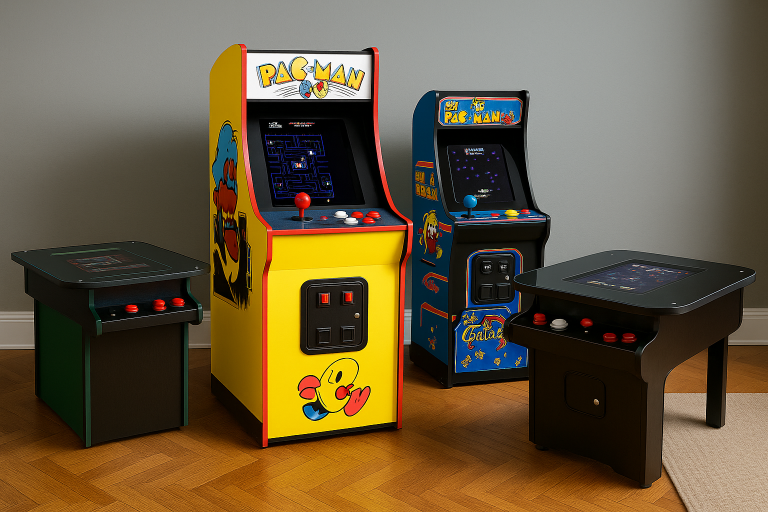The Golden Age of Arcades brought us some of the greatest games in history, but which ones were the most profitable? In this list, we’ll reveal the arcade games that made the most money during this era, and the results may surprise you!

Much attention is often given to the financial success of today’s biggest franchises, but the early days of video gaming also had their own revenue powerhouses. These games earned their profits one quarter at a time, but their impact was no less significant. This list has been updated three times, most recently in 2023, to include new data and more accurate revenue numbers. Some estimates were made for certain games, such as Street Fighter II and Mortal Kombat II, but the list provides a comprehensive view of the biggest money-makers in video gaming history.
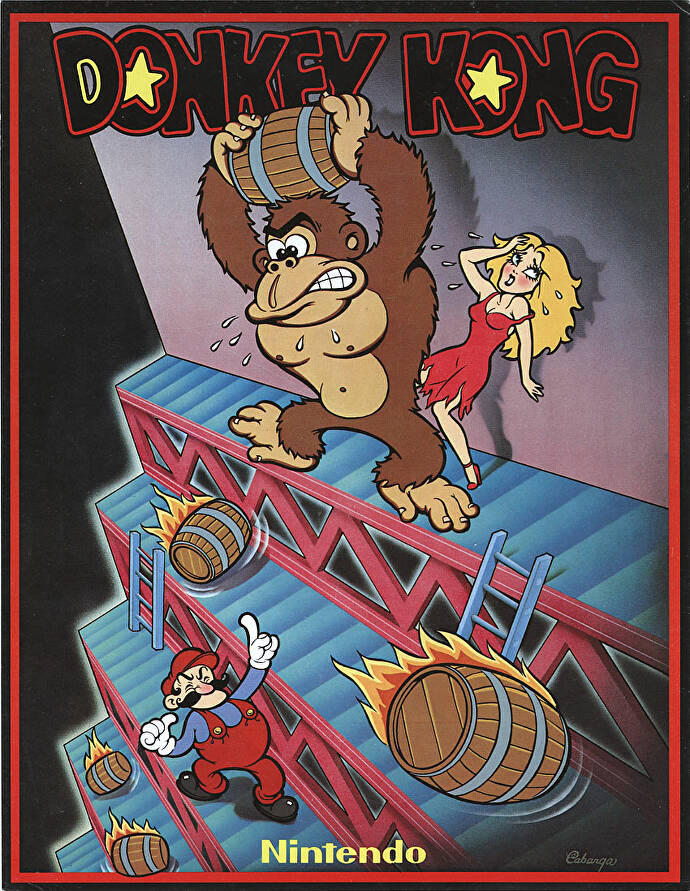
10 – Donkey Kong
Nintendo
- Cabinets Sold: 132,000
- Revenue by 1982: $280,000,000
- Inflation adjusted: $686,262,000
- Check it out
Donkey Kong, one of the earliest platformers and the first game created by legendary designer Shigeru Miyamoto, was a massive hit with gamers upon its release in 1981. The game’s innovative gameplay, which played out over four different screens, made it a unique and exciting experience. Despite initial skepticism from some, the game became a huge smash hit, setting the stage for future success.
While often cited as the first game to feature Mario, it’s worth noting that this is a somewhat revisionary fact. Originally, the hero was a carpenter named Jumpman, on a mission to rescue his girlfriend Lady from the clutches of his escaped pet gorilla, Donkey Kong. When the coin-op was released in America, however, Nintendo US employees chose to change the names, with Lady becoming Pauline and Jumpman becoming Mario. This move proved to be a good one, as it helped Mario go on to become one of gaming’s most beloved characters, and Donkey Kong continued to inspire and innovate in the years to come.

9 – Mortal Kombat
Midway
- Cabinets Sold: 24,000
- Revenue by 2002: $570,000,000
- Inflation adjusted: $748,462,000
- Check it out
Developed by Ed Boon and John Tobias, Mortal Kombat is widely regarded as one of the most successful arcade games of all time. While its gameplay might not be as finessed as other fighters, its big selling point was its fatalities – end-of-fight moves that often finished off opponents in spectacularly gory and bloody fashion. This unique feature contributed to the game’s massive popularity, second only to the legendary Street Fighter series for making money.
However, Mortal Kombat’s success was not without controversy. The game’s violent content sparked outrage among some, leading to a US Congressional hearing and calls for government regulation of video games. As a result, the Entertainment Software Rating Board (ESRB) was established, providing a rating system for video games to help parents make informed decisions about their children’s game choices. While the controversy may have been a dark cloud, the establishment of the ESRB was a definite silver lining that has helped the gaming industry grow and evolve in a responsible and informed manner.
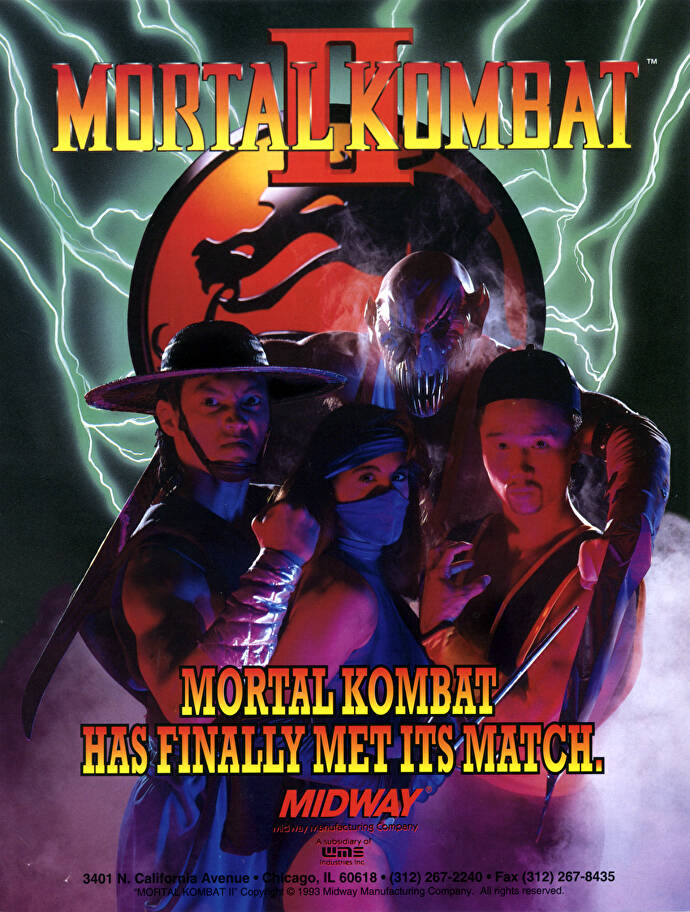
8 – Mortal Kombat II
Midway
- Cabinets Sold: 27,000
- Revenue by 2002: $600,000,000
- Inflation adjusted: $787,607,559
- Check it out
The second game in the Mortal Kombat franchise was released just a year after the first, and it featured major upgrades that made it an even bigger hit. Five new characters were introduced, along with major graphical improvements and a host of new Fatalities, including non-lethal Friendship and Babality finishers. The gameplay was also updated, with improved combo capabilities and new moves that made it even more exciting.
By the time of the second game’s release, the Mortal Kombat franchise was well on its way to becoming a juggernaut in the gaming industry. The franchise went on to spin off comics, a “Kard” game, movies, and numerous home versions that sold over 26 million games over the years. This success even led to the franchise setting 10 Guinness world records, including “most successful fighting game series,” “largest promotional campaign for a fighting video game” (Mortal Kombat 3), “highest grossing film based on a fighting video game” (Mortal Kombat 1996), and “most successful video game spin-off soundtrack album” (Mortal Kombat: Original Motion Picture Soundtrack). The Mortal Kombat franchise continues to inspire and innovate to this day, cementing its place as one of the most successful video game franchises of all time.

7 – Asteroids
Atari
- Cabinets Sold: 100,000
- Revenue by 1991: $800,000,000
- Inflation adjusted: $1,346,548,823
- Check it out
Atari’s Asteroids, released in 1979, is a classic vector graphic game that drew inspiration from the first fully-fledged video game, Space War. Using hardware from the earlier Atari vector coin-op, Lunar Lander, Asteroids was a game that broke the mold for arcade games. Unlike the more static Space Invaders-type format, Asteroids challenged players to deal with threats from all sides, including missile-firing space ships.
Despite its similarities to Space War, Asteroids was largely received as a new concept by players, and it quickly became a massive hit. The game’s challenging gameplay and sophisticated graphics drew in players, and it sold 70,000 units in America and 30,000 units abroad. Today, Asteroids is regarded as a classic of the gaming industry, a testament to Atari’s innovative spirit and ability to push the boundaries of what arcade games could be.
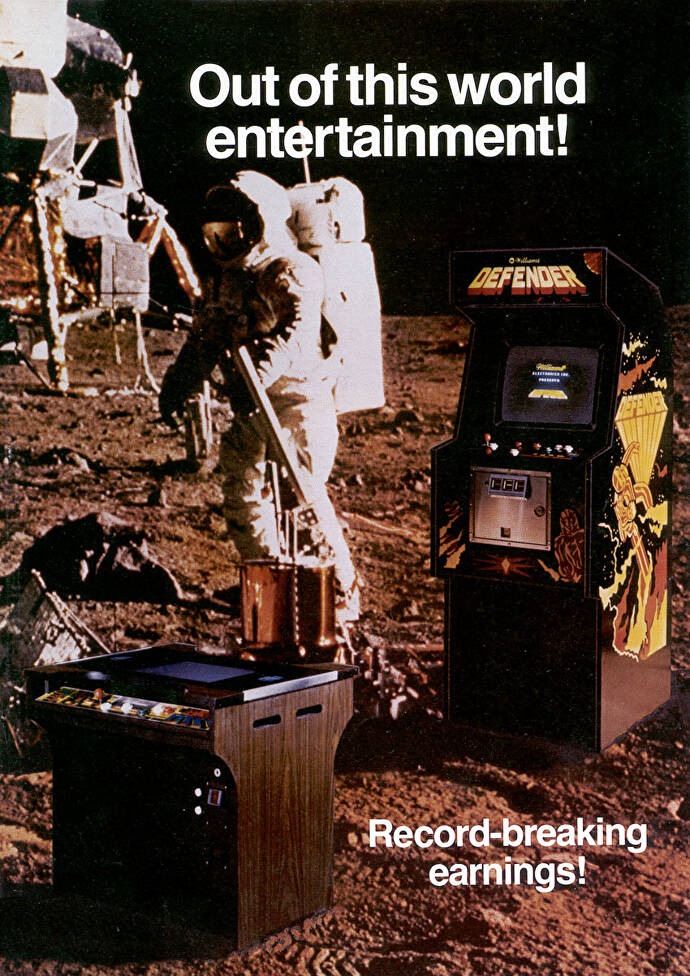
6 – Defender
Williams
- Cabinets Sold: 60,000
- Revenue by 1993: $1,000,000,000
- Inflation adjusted: $1,588,463,873
- Check it out
Defender, created by Eugene Jarvis and Larry DeMar, was one of the most memorable shooters of the early 80s. Featuring an intimidating number of buttons and enemy ships with sophisticated behavior patterns, the game provided players with a high-energy, relentless shoot ’em up experience that made other contemporaries of the era look positively pedestrian. Inspired by their favorite aspects of Space Invaders and Asteroids, Jarvis and DeMar spent months iterating a design for a new video game that would stand out from the crowd.
The end product was a revelation. Defender’s search-and-rescue gameplay, a variety of different alien types, and the threat of a planet exploding provided players with a new level of challenge that helped the game devour hundreds of millions of quarters. The game became one of the enduring icons of the Golden Age of Arcades, and its influence can still be seen in modern shooters today. With its innovative gameplay and sophisticated design, Defender remains a classic of the gaming industry.
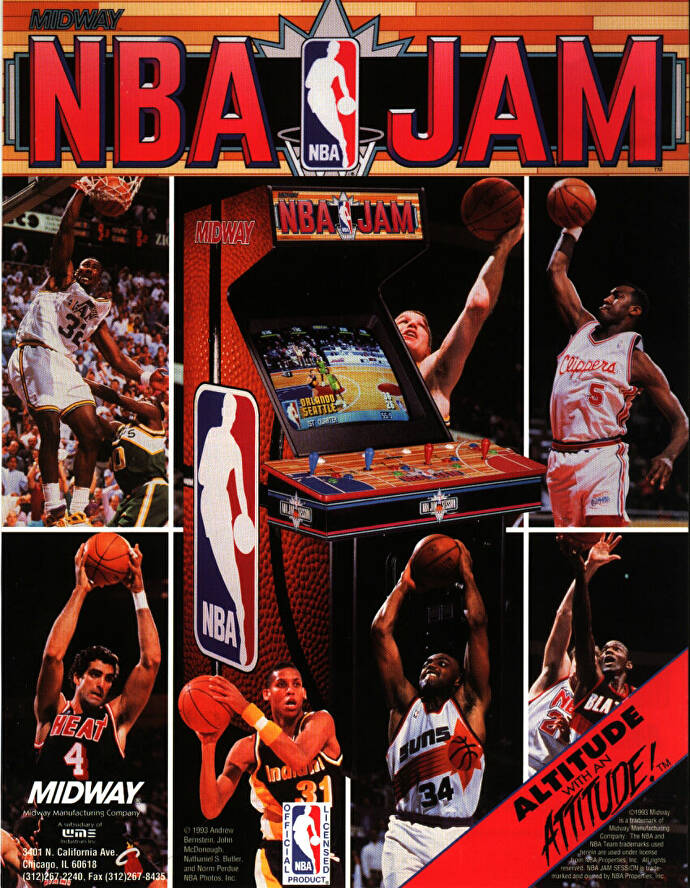
5 – NBA Jam
Midway
- Cabinets Sold: 20,000
- Revenue by 1994: $1,100,000,000
- Inflation adjusted: $1,704,501,968
- Check it out
NBA Jam, released in 1993, was an iconic arcade game that captured the attention of basketball fans and gamers alike. The game followed in the footsteps of 2-on-2 basketball games like Arch Rivals but achieved much greater success thanks to its official license featuring real team names and the digital likenesses of famous players.
NBA Jam’s gameplay was larger than life, featuring few rules and resulting in a fast and furious pace of action that often featured spectacular net shots and slam dunks. The game also featured iconic catchphrases like “He’s on fire” and “Boomshakalaka!” that became synonymous with the franchise. NBA Jam was hugely popular, and it earned a place in the hearts of gamers and basketball fans alike.
Interestingly, designer Mark Turmell confirmed in 2008 that the game had a slight bias against the Chicago Bulls, which many NBA Jam players had already suspected. If you were playing the Detroit Pistons, the Bulls would miss last-second shots in close games. NBA Jam remains an enduring classic of the gaming industry, a testament to the power of official licenses and larger-than-life gameplay.
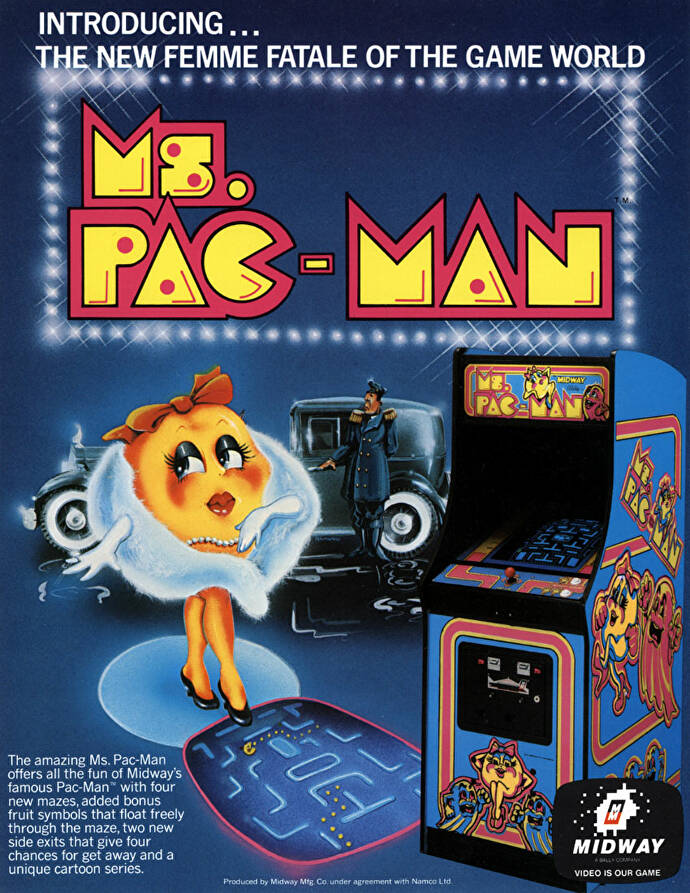
4 – Ms. Pac-Man
Bally Midway
- Cabinets Sold: 125,000
- Revenue by 1987: $1,200,000,000
- Inflation adjusted: $2,494,552,816
- Check it out
Ms. Pac-Man was a game that was specifically designed to appeal to female gamers, who had already shown a strong affinity for the non-violent gameplay of the original Pac-Man. Released in 1981 by Illinois-based Midway Manufacturing corporation, the game featured a pink bow-wearing protagonist and four new maze designs. In addition, the ghosts were programmed to occasionally move randomly, making the game considerably more challenging than its predecessor.
The decision to prevent players from using patterns to beat every level was a deliberate move, and it added to the game’s popularity. However, like Pac-Man, Ms. Pac-Man had a glitched 256th level that was impossible to complete. Despite this, the game became a beloved classic of the gaming industry, and it remains a favorite of gamers and collectors to this day. Ms. Pac-Man is a testament to the enduring appeal of the Pac-Man franchise and its ability to attract new players with innovative gameplay and design.
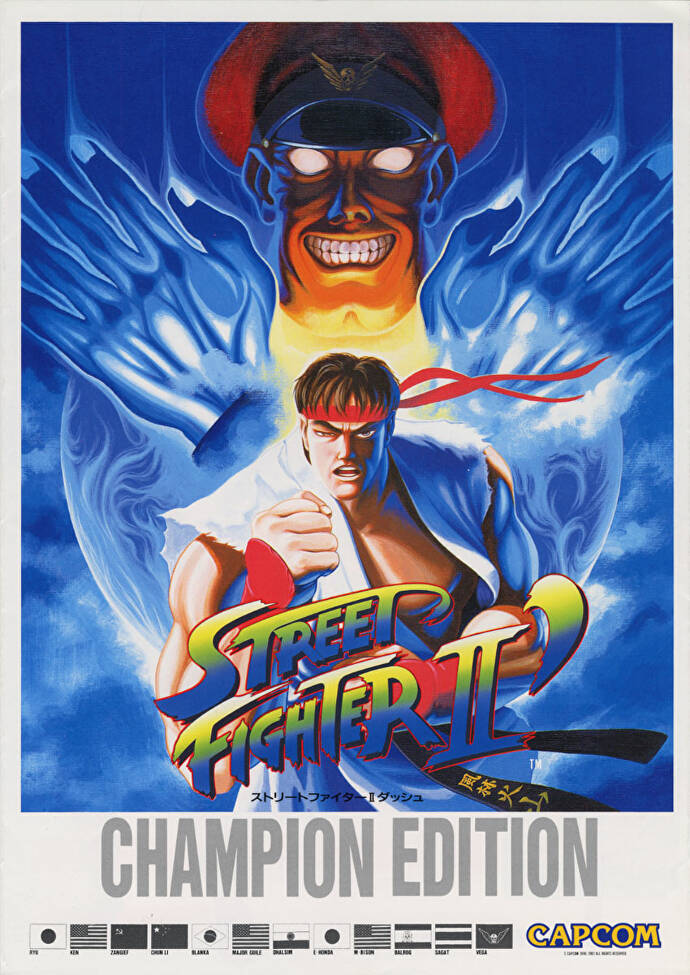
3 – Street Fighter II/Champion Edition
Capcom
- Cabinets Sold: 200,000 (60,000 SF II, 140,000 CE)
- Revenue by 1995: $2,312,000,000
- Inflation adjusted: $3,582,553,228
- Check it out
Capcom’s sequel to its 1987 arcade hit, Street Fighter, was a game-changing milestone of the 90s arcade scene. Street Fighter II evolved the fundamental design elements of its predecessor and created a benchmark fighting game that still stands true today. Thanks to its ultra-competitive gameplay, the machine was an instant hit, selling over 60,000 units globally and helping to boost revenues for arcade operators who had seen a decline since the mid-80s.
Capcom quickly produced an updated version, Champion Edition, which hit the arcades in April 1992. With rebalanced gameplay, four playable Grand Masters, and the ability for players to engage in mirror matches for the first time, CE sold an incredible 140,000 boards and new cabinets.
While several reports cite Street Fighter II as earning $1.5 billion by 1993, it’s important to note that the root source – Children, Adolescents and Media Violence by Steven J Kirsh – is actually referring to home console versions and merchandising. The reality is, there is no definitive source for revenue of the machine. Arcade owners often reported “Street Fighter II” on revenue sheets, rather than citing a specific version, and many arcades updated to the new Hyper Fighting board within a year. Also, by the early 90s, arcades were in decline, and revenue records were often not published. Therefore, the figures here are estimated, based on the fact that 200,000 combined cabinets and boards were sold, and taking into account player engagement and turnover. These numbers are also conservative. Due to the ease of making illegal versions of Capcom’s CP System boards, many pirated copies of the arcade game also existed, which would likely boost the revenue number considerably. However, the actual sum will never be known.
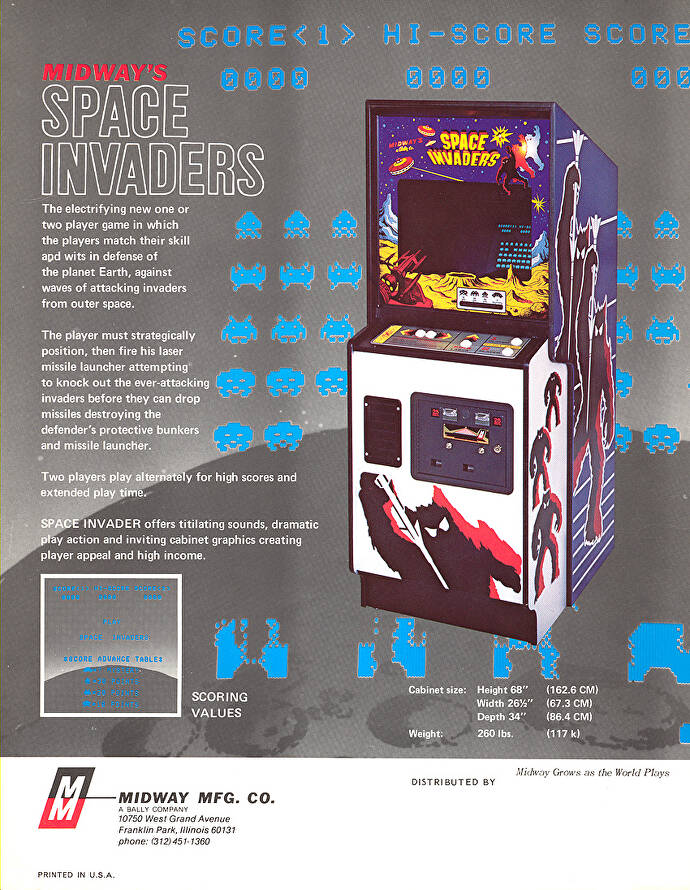
2 – Space Invaders
Taito
- Cabinets Sold: 360,000
- Revenue by 1982: $2,702,000,000
- Inflation adjusted: $6,612,228,000
- Check it out
Space Invaders is one of the most iconic and timeless video games in history, and is often considered the game that launched the Golden Age of Arcades. Introduced in Japan in 1978, the game quickly became a national sensation with over 100,000 machines installed by the end of the year. Its popularity soon spread overseas, rejuvenating arcades around the world and reversing their steady decline. Millions of players flocked to the game, eager to test their skills against the invading aliens. In fact, in its first year in the United States, Space Invaders generated more revenue than the highest-grossing movie of the time, Star Wars. With its simple but addictive gameplay and futuristic design, Space Invaders paved the way for a new era of gaming innovation and excitement.
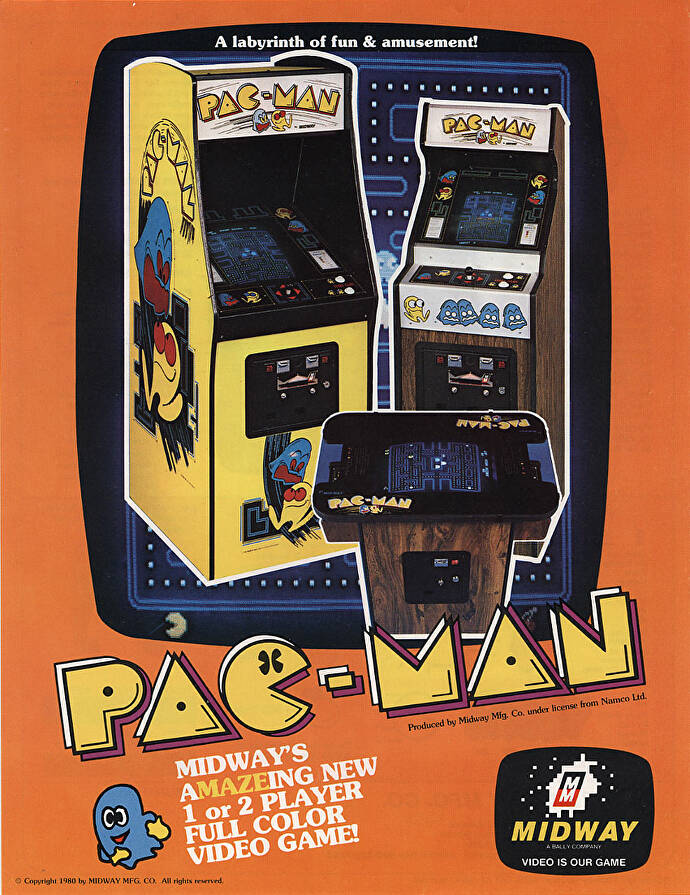
1 – Pac-Man
Namco
- Cabinets Sold: 400,000
- Revenue by 1990: $3,500,000,000
- Inflation adjusted: $7,681,491,635
- Check it out
It’s no surprise that Pac-Man tops the list of the biggest quarter eaters of all time. Introduced in 1980, Pac-Man quickly became a sensation due to its non-violent, maze-chase gameplay, which was a departure from the space-themed shooters that dominated arcades at that time. What’s more, it appealed to a wide audience, including female gamers, and helped to bring millions of players into arcades worldwide.
The game’s success turned Pac-Man into a cultural icon and gave rise to the first generation of gaming merchandise. The yellow dot-gobbler has since starred in more than 30 other games, but his legacy will always be tied to the iconic machine that ate billions of quarters. As gaming’s first major mascot, Pac-Man remains one of the most recognizable and enduring characters in video game history.
Arcade flyer illustrations sourced from Arcade Flyer Archive
As an affiliate of Amazon and other retailers, we may earn a small commission when you buy via our links, at no additional cost to you. Thank you!

